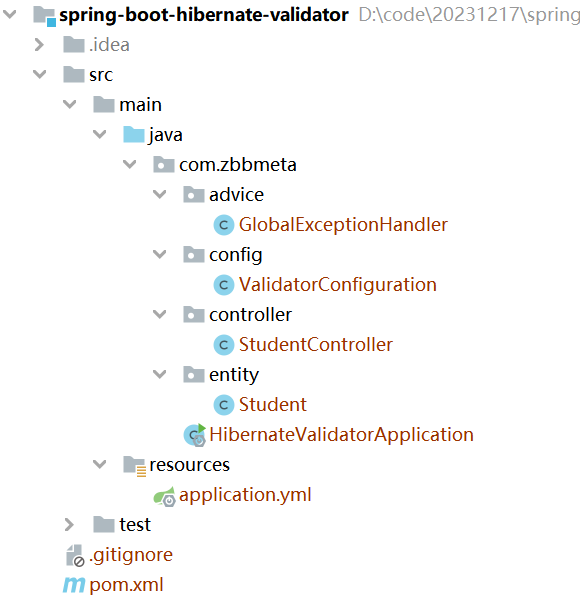今天来分享一道比较好的面试题,“SpringBoot如何解决跨域问题?”
对于这个问题,我们一起看看考察点和比较好的回答吧!
考察点
在开发中我们经常会遇到跨域问题,那么如何使用SpringBoot解决跨域问题呢?
这个问题就是面试官想考察我们是不是平日里善于积累,仔细思考这方面的知识!
回答
跨域指的是浏览器在执行网页中的JavaScript代码时,由于浏览器同源策略的限制只能访问同源(协议、域名、端口号均相同)的资源,而不能访问其他源(协议、域名、端口号任意一个不同)的资源。
![面试题:SpringBoot如何解决跨域问题? 图片[1]-面试题:SpringBoot如何解决跨域问题?-不念博客](https://www.bunian.cn/wp-content/uploads/2023/12/640-17.png)
像这样一种情况就体现了跨域的问题。
![面试题:SpringBoot如何解决跨域问题? 图片[2]-面试题:SpringBoot如何解决跨域问题?-不念博客](https://www.bunian.cn/wp-content/uploads/2023/12/640-1-9.png)
而解决跨域问题的方法,就是在不破坏同源策略的情况下,能够安全地实现数据共享和交互。
在Spring Boot中解决跨域问题,可以通过配置CORS(Cross-Origin Resource Sharing)来实现。
CORS 是一种跨域资源共享机制,允许不同域的客户端访问目标域的资源。
以下是在 Spring Boot 中配置 CORS 的步骤:
1、添加依赖
在 pom.xml 文件中添加以下依赖:
<dependency>
<groupId>org.springframework.boot</groupId>
<artifactId>spring-boot-starter-web</artifactId>
</dependency>2、配置CORS
在 application.properties 或 application.yml 文件中添加以下配置:
使用 application.properties 配置:
cors.allowed-origins=http://example.com
cors.allowed-methods=GET,POST,PUT,DELETE,OPTIONS
cors.allowed-headers=Content-Type,X-Requested-With,accept,Origin,Access-Control-Request-Method,Access-Control-Request-Headers
cors.exposed-headers=Access-Control-Allow-Origin,Access-Control-Allow-Credentials
cors.allow-credentials=true
cors.max-age=3600使用 application.yml 配置:
cors:
allowed-origins: http://example.com
allowed-methods: GET,POST,PUT,DELETE,OPTIONS
allowed-headers: Content-Type,X-Requested-With,accept,Origin,Access-Control-Request-Method,Access-Control-Request-Headers
exposed-headers: Access-Control-Allow-Origin,Access-Control-Allow-Credentials
allow-credentials: true
max-age: 3600allowed-origins是允许访问的源地址,可以设置为具体的域名或使用通配符*表示允许所有源访问;allowed-methods是允许的请求方法,如 GET、POST、PUT、DELETE 等;allowed-headers是允许的请求头,可以根据需要设置;exposed-headers是暴露的响应头,可以根据需要设置;allow-credentials表示是否允许携带认证信息;max-age是预检请求的有效期。
3、启用全局CORS配置
在 Spring Boot 中,可以通过实现 WebMvcConfigurer 接口来全局配置 CORS。
创建一个实现类,实现 WebMvcConfigurer 接口,并重写 addCorsMappings 方法。
在该方法中,可以配置允许访问的源地址、请求方法、请求头等。例如:
import org.springframework.context.annotation.Configuration;
import org.springframework.web.servlet.config.annotation.CorsRegistry;
import org.springframework.web.servlet.config.annotation.WebMvcConfigurer;
@Configuration
public class MyWebMvcConfigurer implements WebMvcConfigurer {
@Override
public void addCorsMappings(CorsRegistry registry) {
registry.addMapping("/**") // 映射所有请求路径
.allowedOrigins("http://example.com") // 允许访问的源地址
.allowedMethods("GET", "POST", "PUT", "DELETE") // 允许的请求方法
.allowedHeaders("Content-Type", "X-Requested-With", "accept", "Origin") // 允许的请求头
.exposeHeaders("Access-Control-Allow-Origin", "Access-Control-Allow-Credentials") // 暴露的响应头
.allowCredentials(true) // 是否允许携带认证信息
.maxAge(3600); // 预检请求的有效期,单位为秒
}
}以上就是我对于这个问题的理解。
总结
这个题目关键在于自己平日里有所积累,从日常开发中积累起来才能在面试中游刃有余。
希望读完这篇文章你有所收获。









